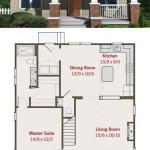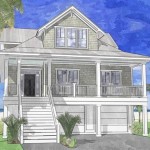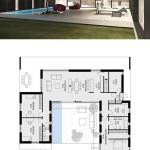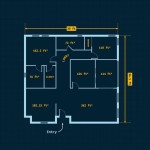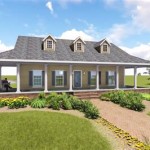Tiny homes house plans are a growing trend in the residential living space. With the rising cost of living and the need for smaller living spaces, these homes are becoming more and more popular. Tiny homes offer a range of benefits, from lower energy consumption to the ability to customize your own space. This article will explore the different types of tiny homes house plans, the advantages of tiny homes, and the considerations to take when designing your own tiny home.
Types of Tiny Home House Plans
There are many different types of tiny homes house plans available, each offering its own unique style and customization options. Some of the most popular types of tiny homes house plans include:
- A-Frame Tiny Home House Plans
- Tiny Home Cabin House Plans
- Tiny Home Container House Plans
- Tiny Home Loft House Plans
- Tiny Home Prefab House Plans
Each of these tiny homes house plans offers its own unique advantages and features. From the A-Frame, which offers a cozy and classic look to the Tiny Home Container House Plans, which are extremely affordable and easy to construct.
Advantages of Tiny Homes
Aside from the affordable cost and customization options, there are many other advantages to living in a tiny home. Tiny homes are energy efficient, requiring less heating and cooling than a typical home. With the right planning, tiny homes can also be equipped with modern amenities like kitchens, bathrooms, and even home theaters. Additionally, living in a tiny home allows for a more simplified lifestyle, with fewer possessions to take care of and maintain.
Considerations When Designing a Tiny Home
When designing a tiny home, there are many things to consider. From the layout and design of the home to the local building codes, it’s important to plan ahead. Some of the most important considerations to keep in mind include:
- Building Codes and Regulations: Make sure to check with your local government for any building codes or regulations that may apply to your home. This will ensure your home is up to code and can be safely built.
- Layout and Design: Decide on the layout and design of your tiny home. Consider the needs of your family and how the space will be used. Also, make sure to consider the scale of the home and how it will fit into the area you plan to build it.
- Utilities and Amenities: Plan ahead for the utilities and amenities you need to make your tiny home livable. This includes things like plumbing, power, and heating and cooling.
- Budget: Set a realistic budget for your tiny home. Consider the cost of materials, labor, and any upgrades you may need. Also, make sure to factor in any additional costs such as taxes or permits.
Conclusion
Tiny homes house plans offer a range of benefits for those looking for an affordable and efficient living space. From the different types of house plans to the advantages of tiny homes, there is something for everyone. Before designing your own tiny home, make sure to consider the building codes and regulations, the layout and design of the home, the utilities and amenities needed, and the budget. With the right planning and preparation, you can have the tiny home of your dreams.















Related Posts

